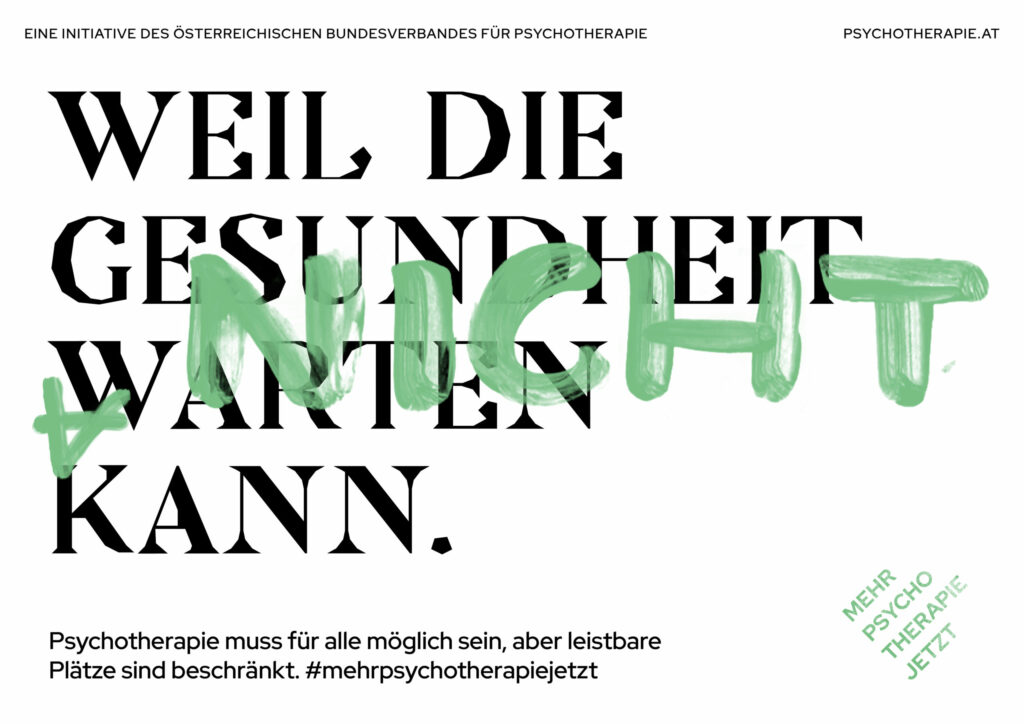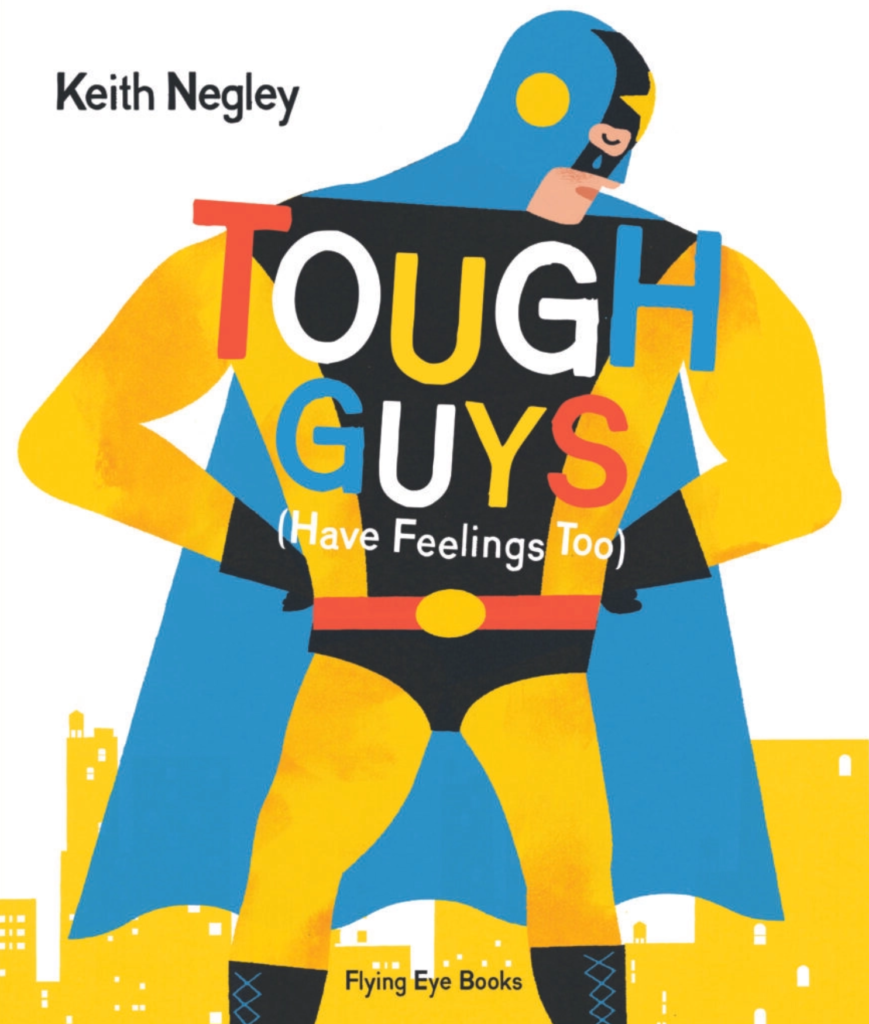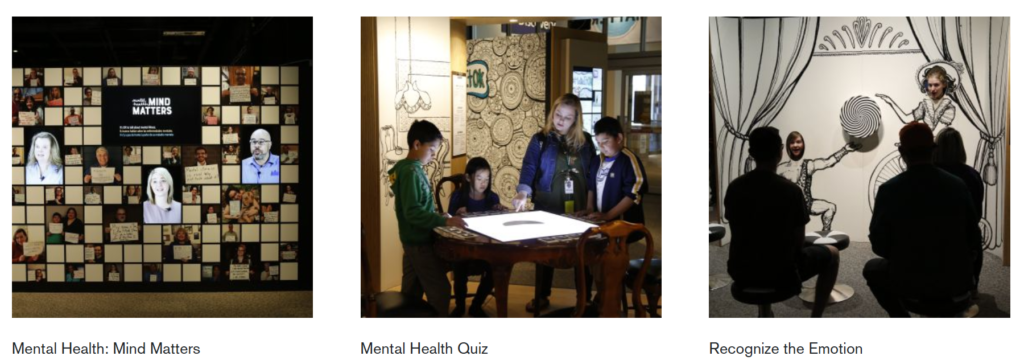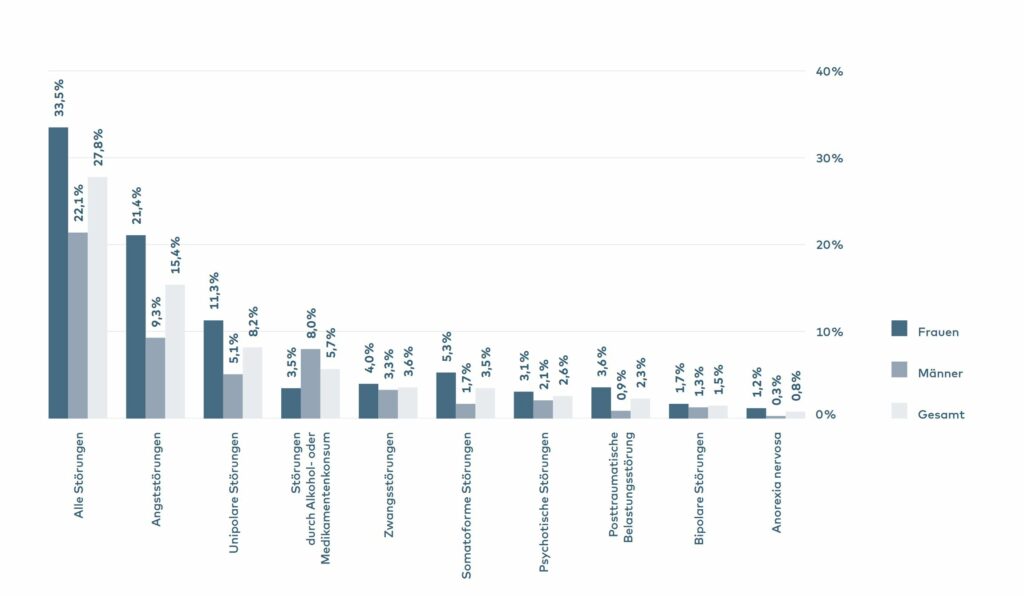With the CDC`reporting a significant increase in mental health issues, it is important now more than ever for pieces of media to properly discuss mental health. But even though mental health issues are more openly talked about and accepted in society than ever before, it is still extremely common for false information and negative stereotypes to be seen in media, and video games are no exception.
Despite this, some video games in recent years have had incredible representation and exploration of mental and emotional health and wellbeing. Instead of using it as a gimmick, these games approach the topic with compassion and understanding.
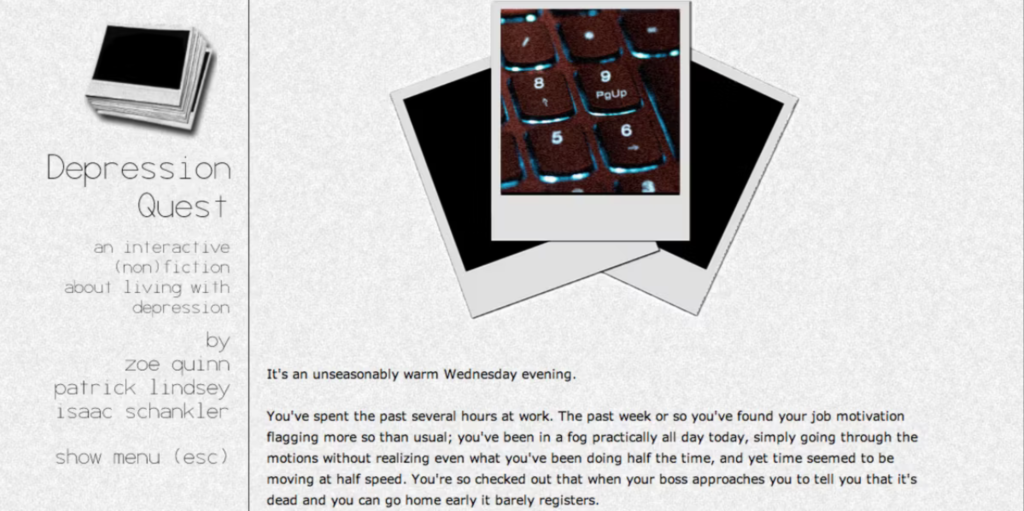
Depression Quest
Created by American video game developer Zoë Quinn, Depression Quest is a 2013 text adventure game created in Twine where players control a person who is struggling with unhappiness. The game is free and has received praise from the New YOrker and others for its accurate depiction of depression.
During the game, the player decides which actions the person should take next, but some of the options are unable to be selected, which is meant to represent how depression can limit what a person is able to do. Instead of being created to entertain the player, this game was made to educate players on what it is like to deal with depression.

Spiritfarer
Spiritfarer is a 2020 management sim where the player controls a young woman named Stella who becomes a Spiritfarer, which means that she sails the seas to find spirits, grant their final wishes, and take them to the gateway to the afterlife known as the Everdoor. With her cat named Daffodil, Stella meets and befriends various spirits while recovering memories of her past life.
This beautiful indie game focuses on the feelings of guilt and loss that come with death, and the importance of moving on. By the end of the game, Stella and Daffodil are finally able to go to the afterlife themselves.
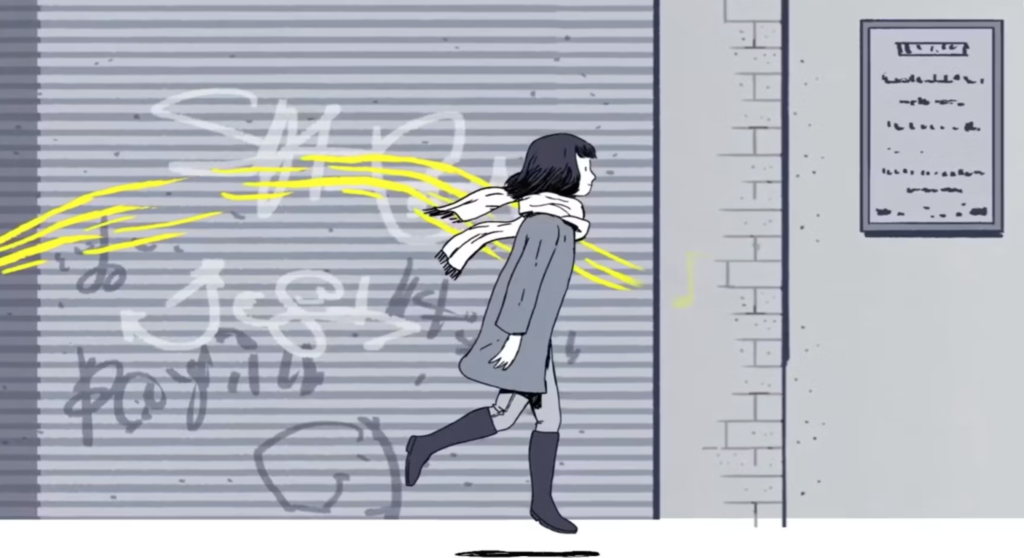
Florence
Originally released in 2018 for mobile phones and later ported to other devices, Florence is an interactive story that follows a 25-year-old woman named Florence Yeoh who meets a cellist named Krish. After the two enter a relationship and eventually move in together, they have a fight and break up, which leads to Florence having to find a new direction in life.
This game is about loss and the struggle to move forward when a person is stuck in a life that feels monotonous and dreary. Since the game does not have verbal dialogue, the story is uniquely told using quick minigame puzzles that help players connect with the characters without any words. Eventually, Florence manages to move on and grow into the painter she had always wanted to be but was originally afraid to try.
